Our Favourite Wildlife Encounters Around New Zealand
Looking for holiday or weekend activities for the whole family to enjoy?
Venturing into nature brings many benefits for children and adults alike. Studies shows that children are calmer, more focused and more creative when learning in the outdoors. It’s also really good for mental health: being in nature reduces stress and improves the mood. What’s more, New Zealand is home to unique species of plants and animals that can’t be found anywhere else in the world!
While many of our native species are either vulnerable or endangered there are fortunately are a number of protected spots where you can experience them up close and personal.
Here are our top picks from south to north (since we’re southerners, obviously).
Curio Bay, Southland
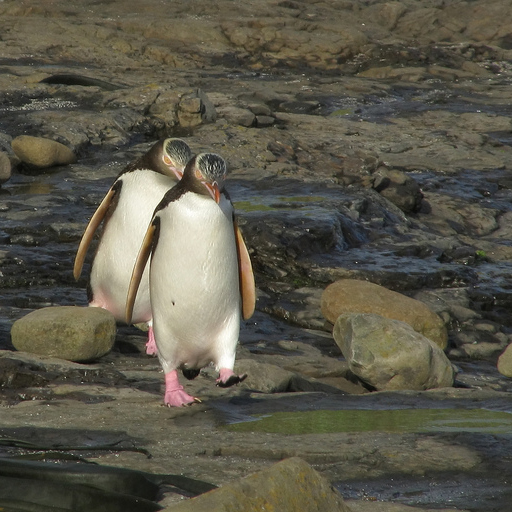
Yellow-eyed penguins (hoiho) at Curio Bay
Curio Bay provides a plethora of nature-spotting opportunities. New Zealand fur seals and sea lions make themselves at home on the beach (and sometimes the campground!) while Hector’s dolphins play in the surf and feed further out in the bay. The bay acts as a nursery for young dolphins so keep your eyes peeled – you might even spot some calves.
It’s also home to small colony of yellow-eyed penguin (hoiho) who return each night to socialise on the beach after a long day’s fishing. With a number of great campsites nearby you can settle in with the family and see all kinds of natural curiosities.
Oamaru, Coastal Otago
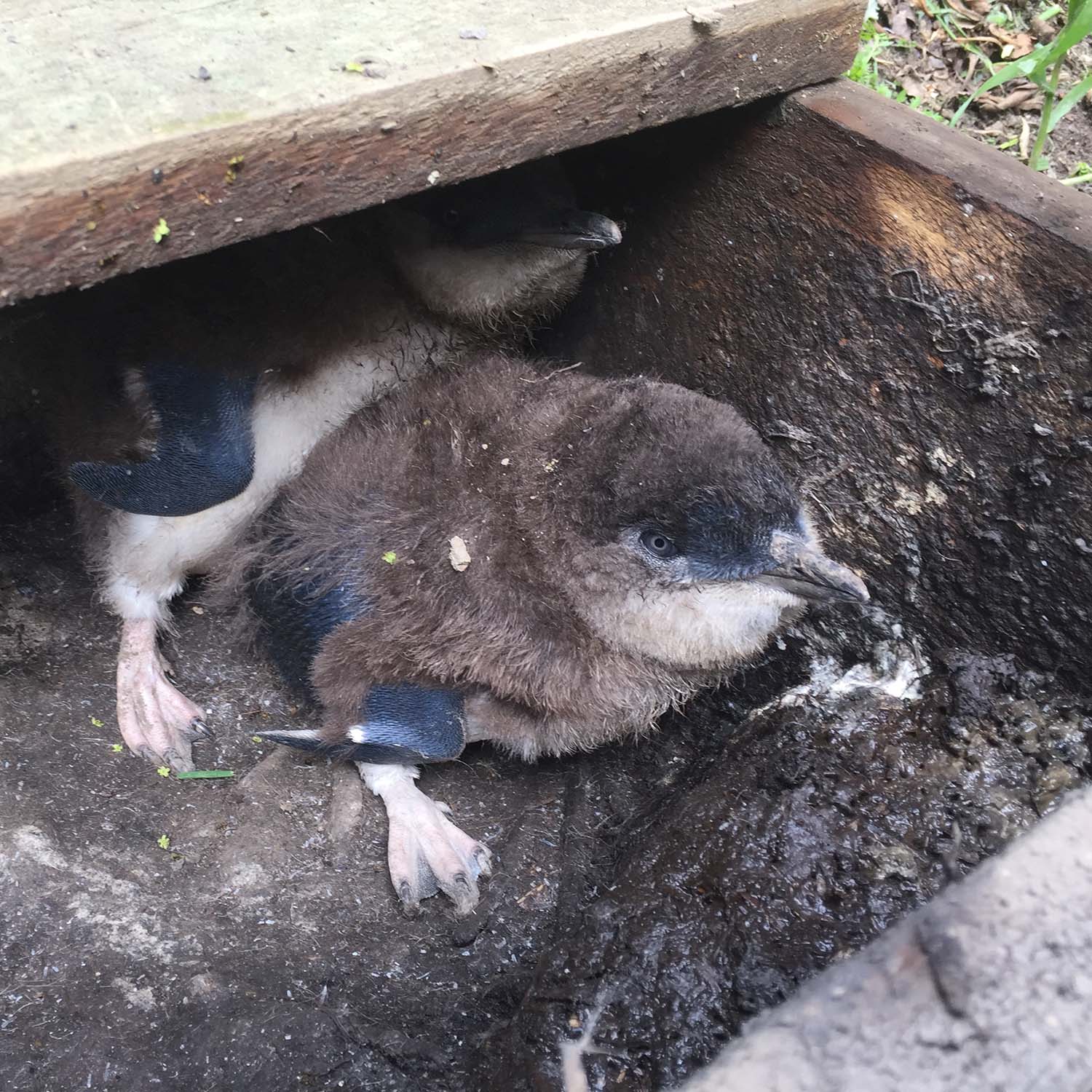
Blue penguin chicks inside their nesting box. Photo: Oamaru Blue Penguin Colony
Yes, it’s our local town. But we’re certainly not biased in recommending the stunning Oamaru Blue Penguin Colony. It’s the culmination of a long-term conservation operation that protects the colony – now the largest in New Zealand. Viewers can watch the penguins come ashore and return to their nests. Blue penguins usually burrow to make nests but in Oamaru special nesting boxes are built to keep them safe from floods and collapses. Some Oamaru residents have even found penguins nesting under the house!
A short walk to the viewing hide at Bushy Beach Scenic Reserve will allow you to see the local yellow-eyed penguin colony making the same trip ashore.
Willowbank, Christchurch
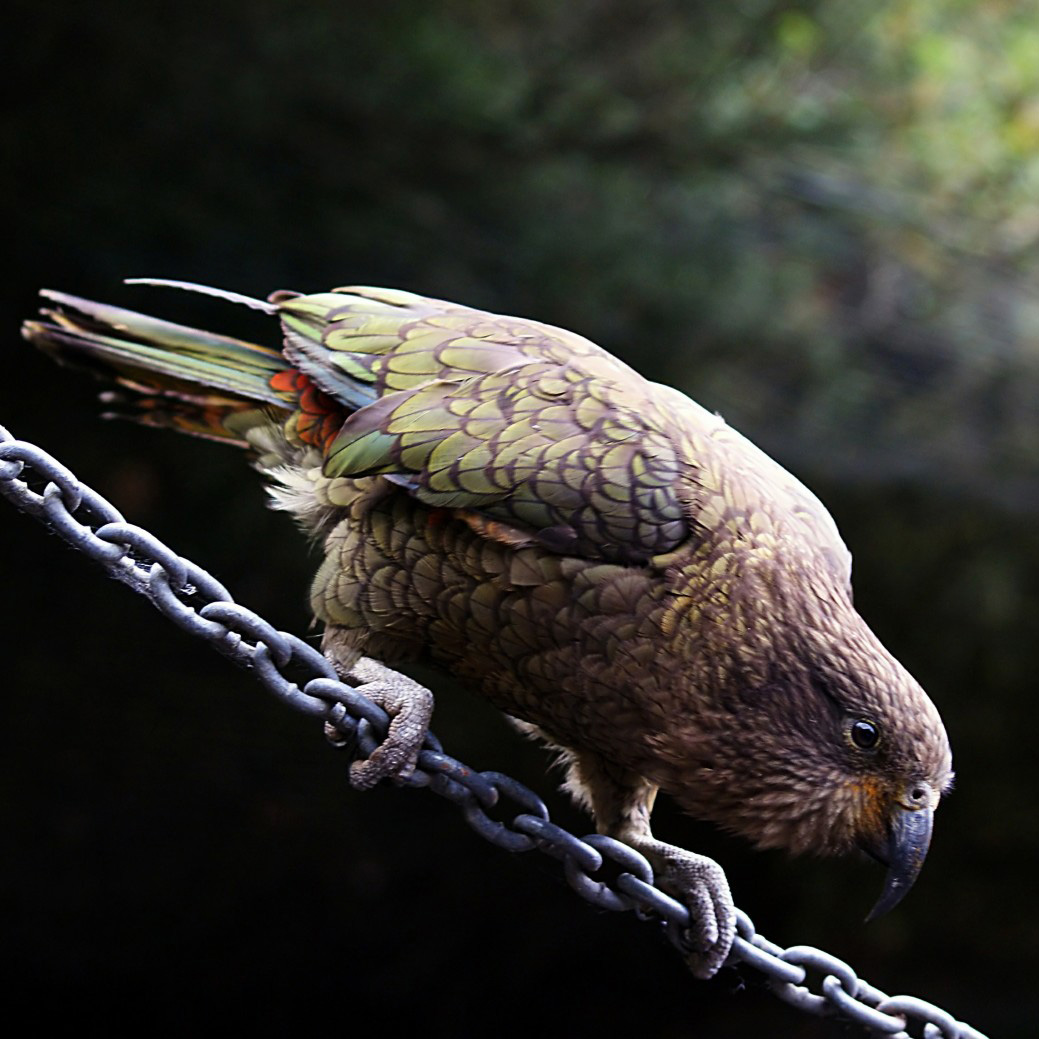
A kea peers down at Willowbank visitors
Willowbank, located on the outskirts of Christchurch, tells a wonderful story of New Zealand’s natural heritage. Here visitors are able to get up close and personal with native New Zealand species as well as many rare and heritage breeds of animal. Tuatara, takahē, kaka, kea and the North Island brown kiwi are all residents.
Founded by the Willis family over four decades ago, Willowbank is still a family-run business. It has also become a conservation leader with successful in-house breeding programmes and other scientific projects, thanks to its relationship with DoC, the New Zealand Conservation Trust and now the South Island Wildlife Hospital that shares the grounds. The visiting experience is even better knowing that you’re helping preserve wild life.
Zealandia, Wellington
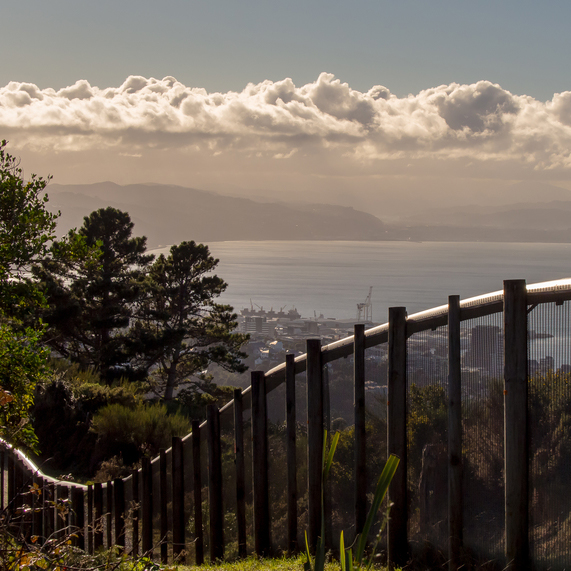
Zealandia’s predator-proof fencing Photo: Hayley May
If you’re in Wellington and looking for the kids to swap screen time for green time learning about our native flora and fauna, Zealandia is the perfect destination. Walking tracks wind through rich, dense native foliage and the chorus of birdcalls absorbs visitors to the urban ecosanctuary.
Cheeky kākā and kea dance in front of the feeding stations and if you watch carefully, you might catch sight of rare beauties like saddleback (tīeke) and stitchbird (hīhī). It’s the 8.6km fencing that has allowed the valley to be restored to a wild, pre-human habitat, for some our most endangered species. This is a truly unique experience for families – almost like travelling back in time!
Tiritiri Matangi, Auckland
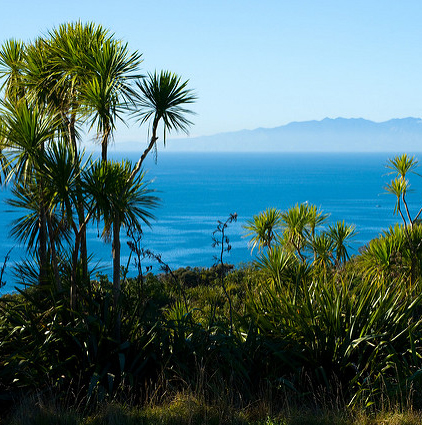
Tiritiri Matangi Photo: Claire Gribbin
Tiritiri Matangi is one of New Zealand’s conservation success stories. As a result of 120 years of farming, 94% of the island’s native fauna had been removed. Between 1984 and 1994 however, volunteers planted over 250,000 native trees, reforesting 60% of the island. An aggressive pest eradication project has eliminated all mammalian threats to native birds, and the island is now an important wildlife sanctuary.
It’s also a great way to explore the beautiful Hauraki Gulf and see Auckland from the water. Ferries leave from Auckland and Gulf Harbour all year round but make sure bookings are made in advance, particularly in summer. And don’t let rain on the mainland or foreboding clouds put you off —the island has a microclimate of its own, meaning that those heavy rainclouds often pass right by.
